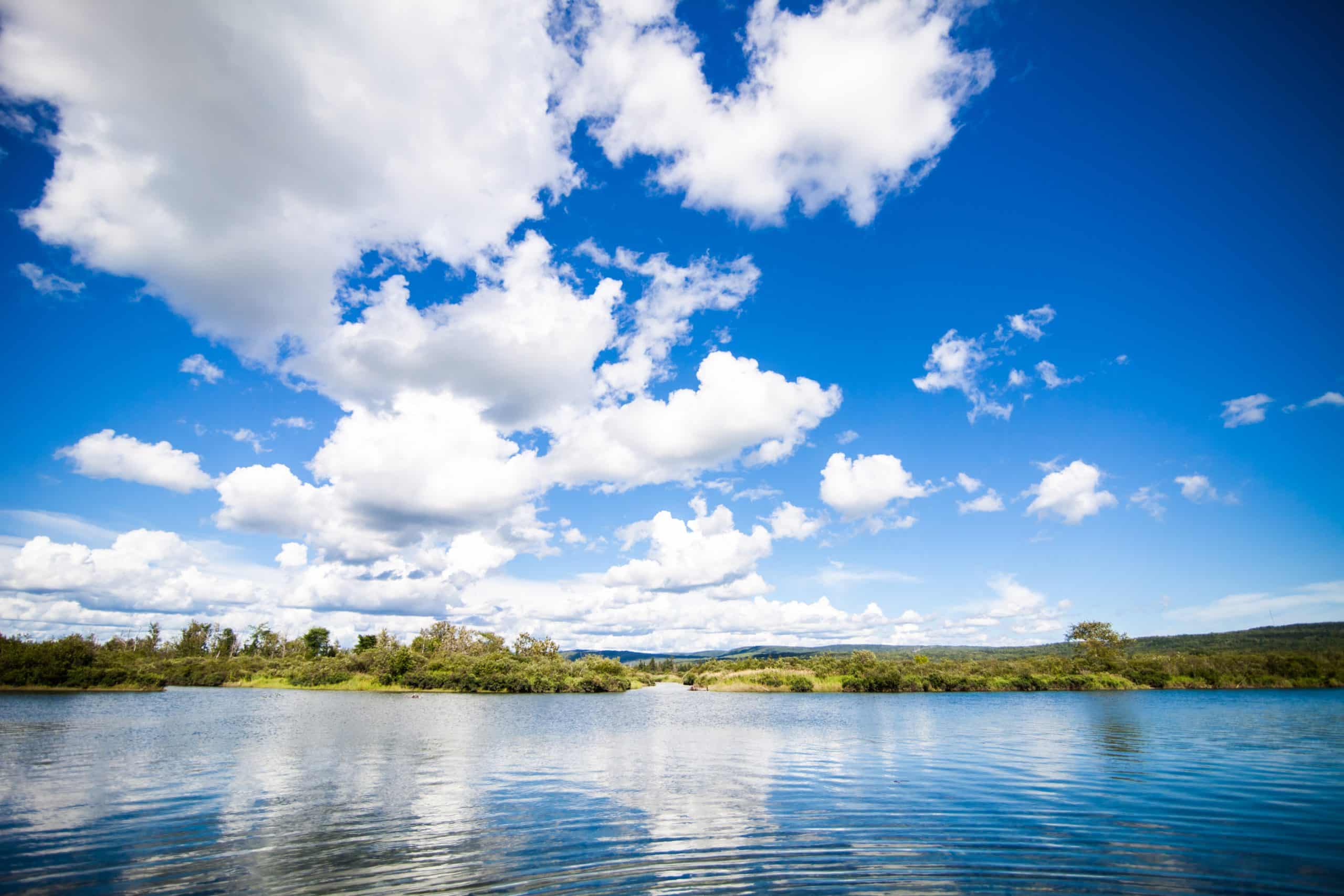How to Provide Adequate Heat for a Pet Tortoise in a Cooler Climate?

Caring for a pet tortoise is a rewarding experience, but it also comes with its fair share of challenges. One of the most significant hurdles for tortoise owners is ensuring their cold-blooded friend stays warm, especially in cooler climates. The well-being of your pet is heavily dependent on the temperature and light in its living environment. This article will guide you through the ins and outs of maintaining a suitable temperature for your tortoise, providing practical advice on lighting systems, heating techniques, and other crucial aspects. Let’s dive in.
Understanding Your Tortoise’s Thermal Needs
Caring for your tortoise begins with understanding its needs. Tortoises come from a diverse range of habitats, each with its specific temperature and lighting conditions. For example, desert species require more heat and light than forest-dwelling tortoises. As such, before buying any heating equipment or bulbs, it is crucial to research about your specific tortoise species.
A découvrir également : What’s the Best Way to Introduce a New Ferret to Your Existing Ferret Family?
Tortoises are ectothermic animals, meaning they depend on their environment to regulate their body temperature. In colder climates, a tortoise will slow down its bodily functions and slip into a state known as hibernation. This adaptation is necessary for wild tortoises to survive harsh winters, but it’s not always beneficial or safe for pet tortoises, especially without expert guidance.
The Role of Heating in Your Tortoise’s Enclosure
Heating plays a crucial role in your tortoise’s enclosure. It helps replicate the temperatures your pet would encounter in its natural environment. Not only does the heat assist in digestion and food absorption, but it also keeps the tortoise active throughout the day.
En parallèle : What Are the Signs of Overfeeding in Fish, and How to Adjust Their Diet?
A common way to heat your enclosure is by using a specialized heating bulb. These bulbs usually emit a warm light that helps increase the temperature in the enclosure. It’s essential to position these bulbs at one end of the enclosure to create a temperature gradient, giving your tortoise the choice of where it wants to sit.
Another option is to use a heat mat. When placed underneath the enclosure, these mats can keep the temperature constant, even during the cooler night times. Remember to monitor the temperature regularly to ensure it stays within the ideal range for your tortoise species.
UVB Lighting for Your Pet Tortoise
Next to heating, lighting is another critical aspect of tortoise care. More specifically, UVB lighting. UVB light is a type of ultraviolet light that is crucial for the health and well-being of your tortoise. It enables the tortoise to produce vitamin D3, which is vital for proper calcium absorption and bone health.
Various UVB bulbs are available in the pet market, but not all of them are suitable for tortoises. To choose the right bulb, you’ll need to consider factors such as the bulb’s UVB output, lifespan, and range. The bulb should be positioned at a height that allows your tortoise to bask in the light comfortably, usually 10-12 inches above the basking spot.
Feeding and Hibernation
Your tortoise’s diet should also reflect its thermal needs. In cooler climates, tortoises may eat less due to decreased activity levels. However, they still need a diet rich in nutrients, especially calcium and vitamin D3, to support their health.
Hibernation is another crucial consideration in cooler climates. Some tortoise species may naturally want to hibernate during colder months. However, hibernation in captivity is a complex procedure that can pose risks if not managed correctly. If you decide to allow your tortoise to hibernate, ensure you seek advice from a vet or a tortoise expert.
Providing Heat when You’re Away
Even if you’re not around to tend to your tortoise’s needs, you can still ensure it stays warm and comfortable. Investing in a programmable thermostat can help maintain a steady temperature in your tortoise’s enclosure round the clock, even when you’re away. These devices can be set to turn the heat on or off at specific times of day, ensuring your pet stays warm without overheating.
Heat rocks are another option that can provide warmth to your pet when you are not at home. However, they should never replace a primary heat source, as they can cause burns if the tortoise gets too close.
Remember, the goal is to create an environment that mirrors your pet’s natural habitat as closely as possible. Whether you live in a colder climate or are facing a chilly winter, there are plenty of ways you can provide your tortoise with the warmth it needs to thrive. With the right equipment and a little forethought, you can ensure your tortoise stays happy, healthy, and comfortable all year round.
Strategies to Save Money on Heating and Lighting
When it comes to providing a suitable environment for your pet tortoise, cost should never be a hurdle. There are ways to ensure your tortoise gets the heat and light it needs without breaking the bank. One of the most effective ways to save money on heating and lighting is by investing in energy-efficient devices.
For example, ceramic heat lamps, while slightly more expensive upfront, use less electricity than regular bulbs and have a longer lifespan. This can result in significant savings over time. Furthermore, these lamps emit no light, making them ideal for maintaining nighttime temperatures without disrupting your tortoise’s sleep cycle.
Another cost-effective option is using a thermostat. While it may seem like an extra expense initially, a thermostat can actually save money in the long run by preventing your heating devices from running unnecessarily when the temperature is already adequate.
Lastly, consider the size and design of your tortoise enclosure or tortoise table. A well-insulated enclosure will retain heat better, reducing the need for constant heating. Moreover, an enclosure with a gradient design, having a cool side and a warm side, allows your tortoise to self-regulate its body temperature, reducing the demand on your heating devices.
Special Considerations for Exotic Pets like Bearded Dragons and Desert Tortoises
While this article primarily discusses tortoises, it’s worth noting that many of the concepts apply to other exotic pets as well, such as bearded dragons and desert tortoises. These animals are also ectothermic and depend on their environment for body temperature regulation, so they also require adequate heating and lighting in their enclosures.
However, different species have different needs. For instance, bearded dragons require higher basking temperatures than most tortoise species, typically between 95-105 degrees Fahrenheit. On the other hand, desert tortoises, being native to arid environments, not only require high temperatures but also need low humidity.
Just like with tortoises, research about your specific pet’s needs is crucial before setting up their enclosure. Consult with a vet or an expert for specific advice about your pet’s care needs.
Keeping a pet tortoise in cooler climates can be challenging, but with the right knowledge and equipment, it’s entirely doable. Understanding your tortoise’s thermal needs, providing adequate heating and UVB lighting in the enclosure, considering hibernation, and ensuring their diet meets their needs are all essential parts of tortoise care.
In addition to buying the right equipment, making smart decisions can also help save money without compromising your pet’s welfare. More so, the principles of heating and lighting are not exclusive to tortoises. Other exotic pets, such as desert tortoises and bearded dragons, have similar needs.
Ultimately, as pet owners, our primary responsibility is to recreate our pet’s natural habitat as closely as possible within our homes. With careful planning and regular monitoring, we can ensure our cold-blooded friends stay warm, comfortable, and healthy, no matter the climate.
